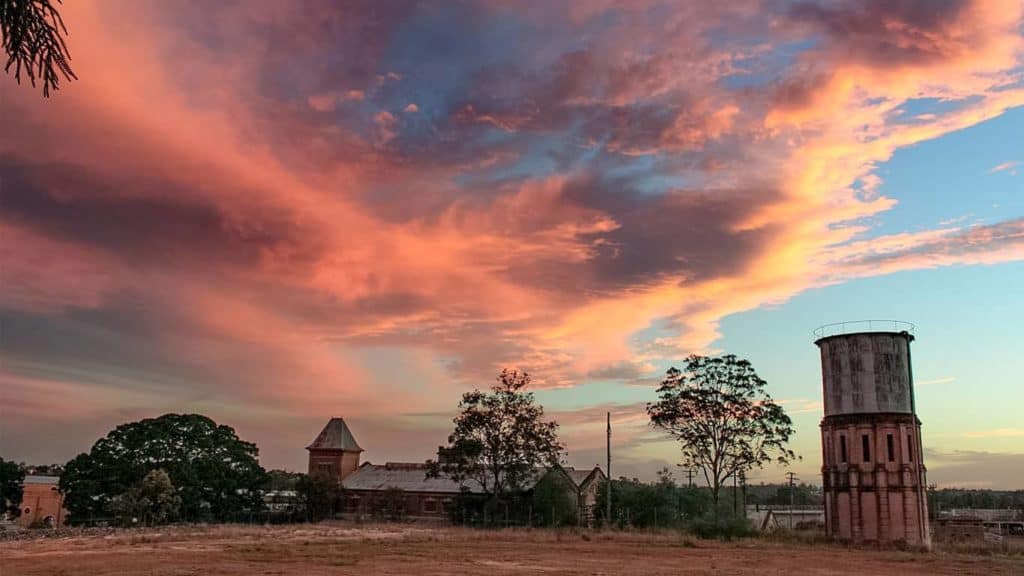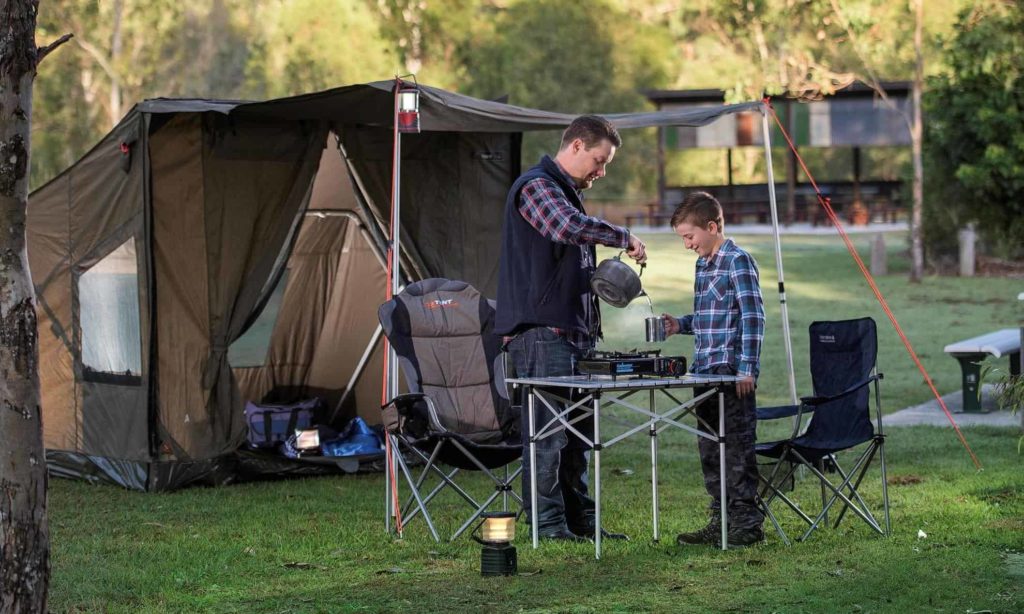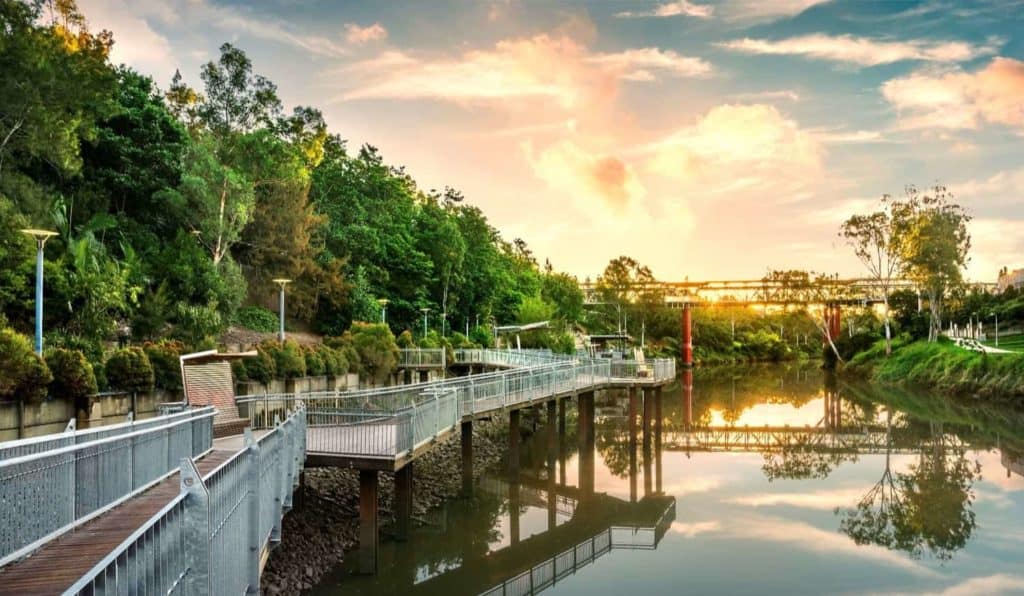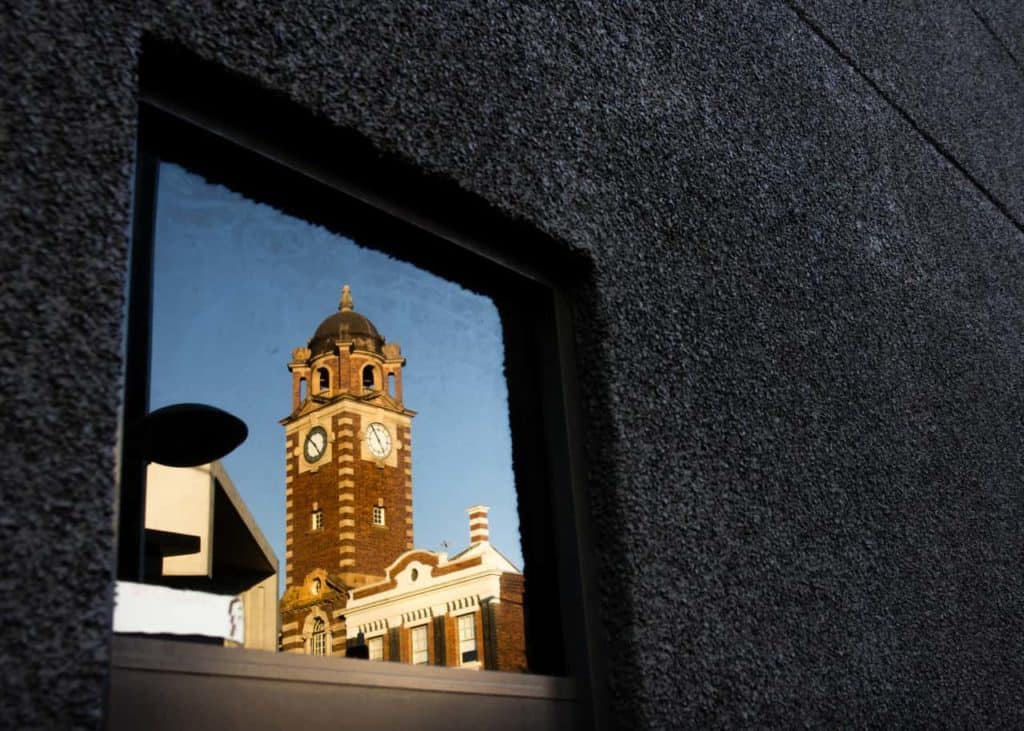Exploring the Ipswich region as I have for a few years now, I’ve been struck by constant similarities between this heritage city and my home town in North Otago on New Zealand’s South Island.
Both Ipswich and Oamaru have indigenous histories reaching back through time but this story starts in the late 19th century when both settlements were rising up as fledgling urban centres. Limestone, coal, wool and steam rail were to play integral roles in the heady days of economic boom for both towns.
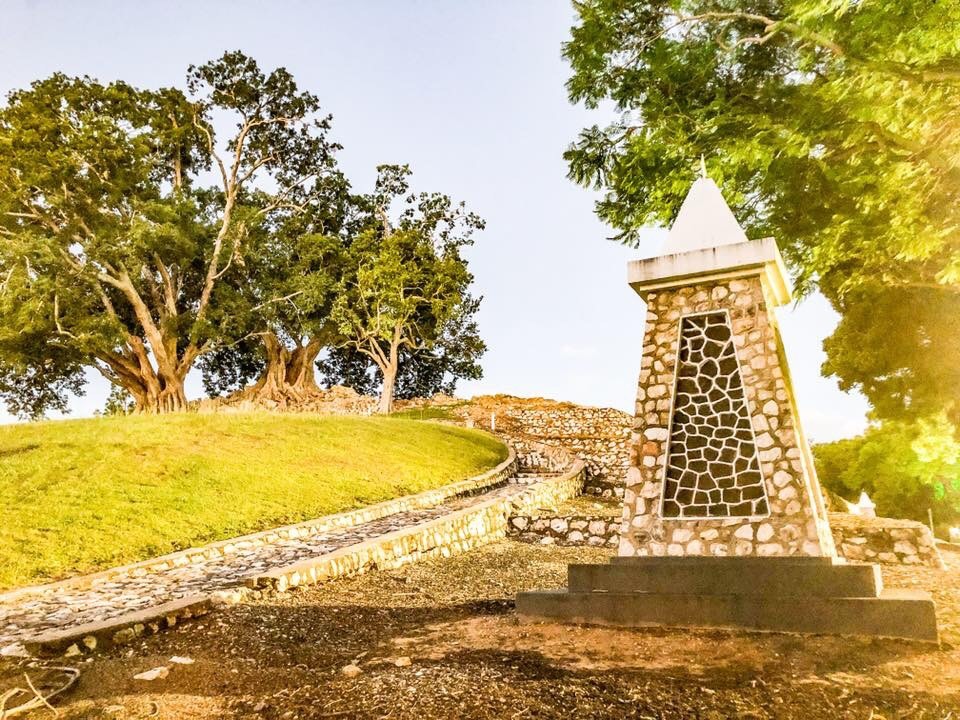
The area now known as Ipswich was first written on maps as Limestone having been dubbed The Limestone Station in the convict era when the stone was first quarried here.
Limestone appeared on the first maps of the town and was used in newspaper reports in the Moreton Bay Courier, until a surveyor came along and decided Limestone should actually be known as Ipswich. More can be read about this here.
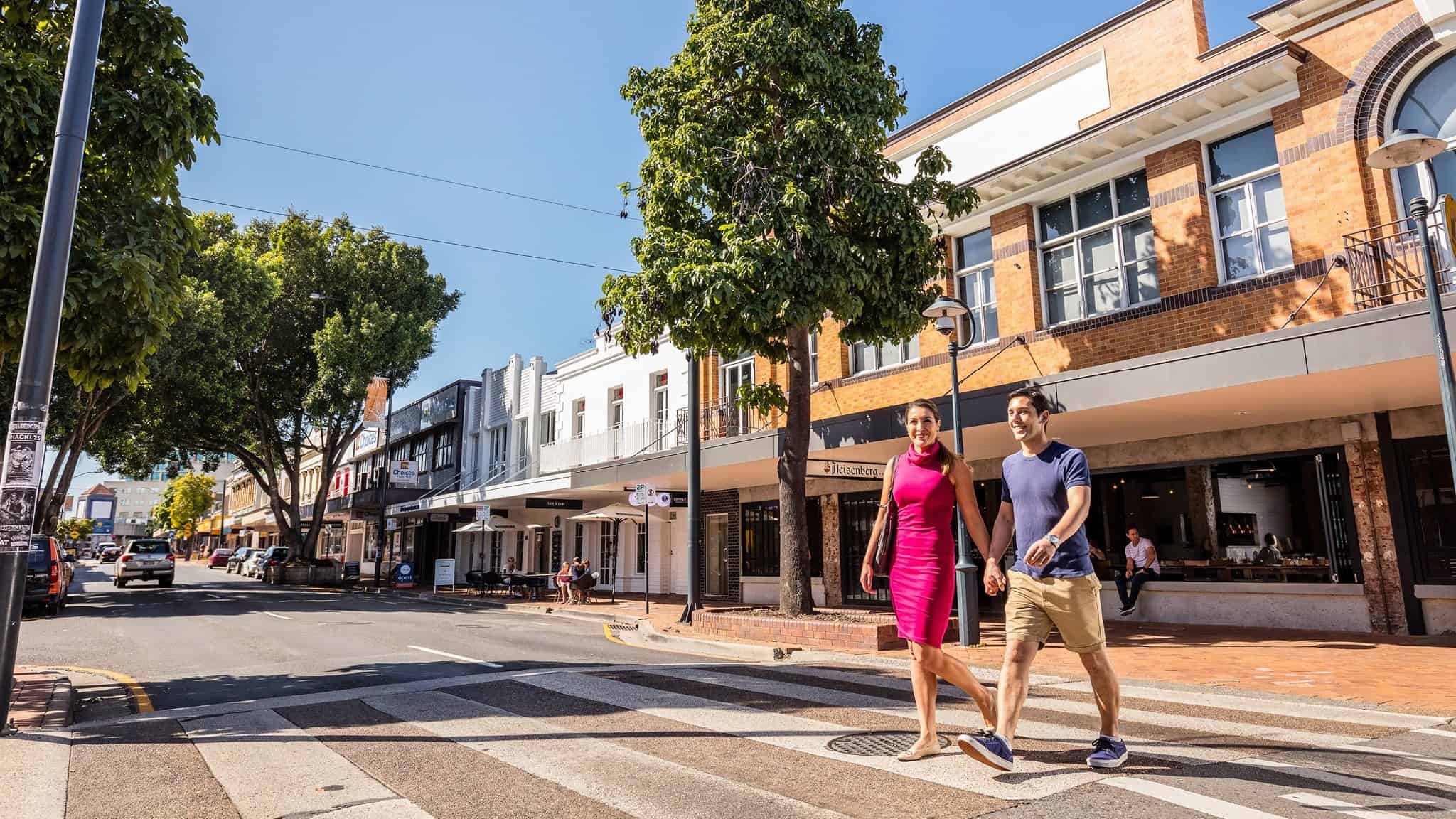
Today, in the city centre, Limestone Park and Limestone Street and indeed the 88 Limestone Precinct – home of 4Hearts Brewing and Ungermann Brothers – are just two of the many reminders of that stone era.
And while the limestone was being sent from the hills of Ipswich for the construction of buildings in Brisbane and beyond, so too was Oamaru sending it’s quarried white stone far and wide.
Some of the Oamaru Stone as it came to be known – and indeed still is today – even made its way to Brisbane in the 1920s to form the Corinthian columns of the National Bank building on Queen Street.
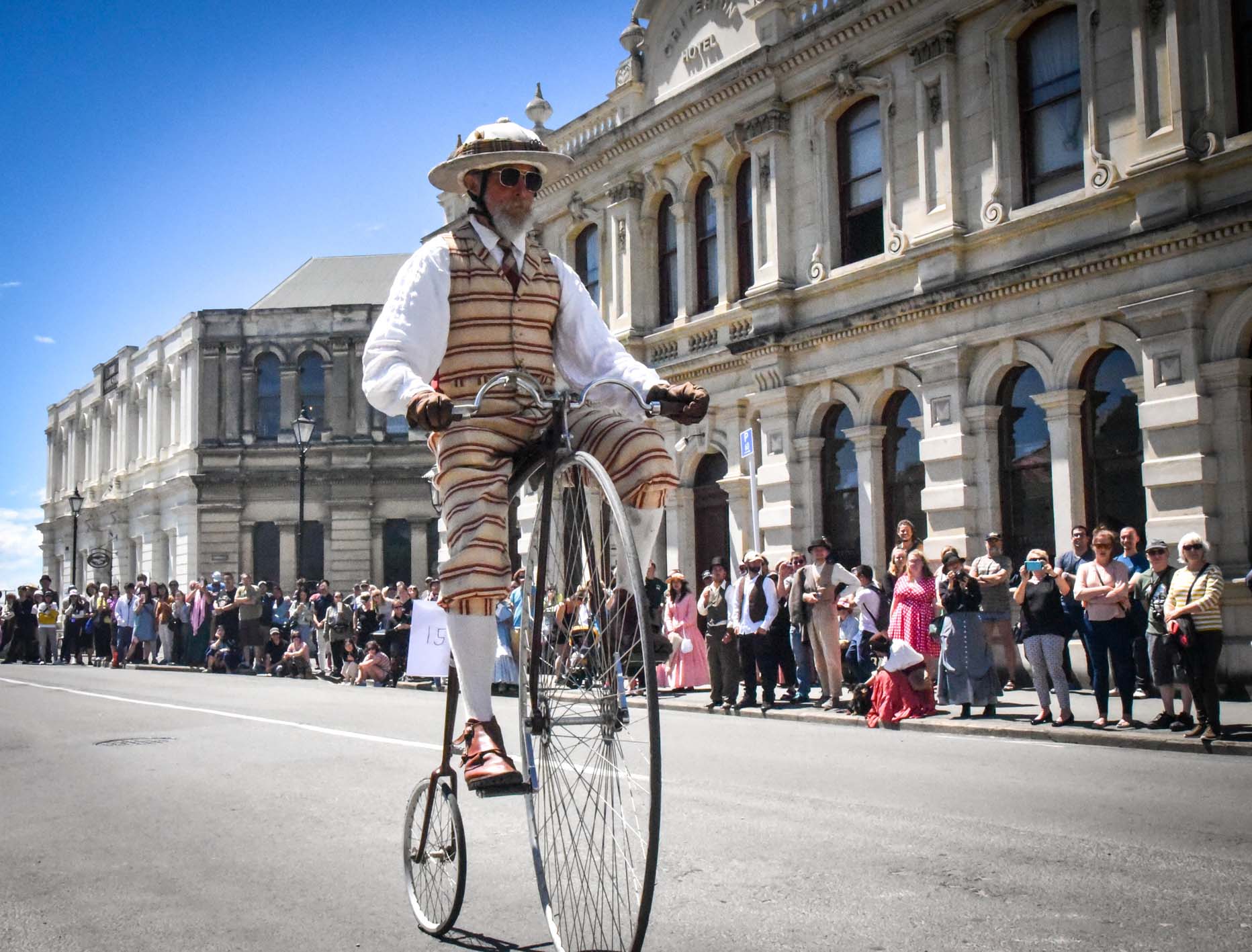
Both modern-day Oamaru and Ipswich are still dotted with impressive stone buildings that hark back to that earlier era and both have realised the tourism potential therein with such events as the twice-yearly Great Houses of Ipswich run by the National Trust (Queensland) and Oamaru’s Victorian Heritage Celebrations every November.
It would be fair to say Ipswich had more coal mining going on back in the day than the Oamaru region did – although it must have been around because I did spend most of my childhood on a farm on Coalpit Road.
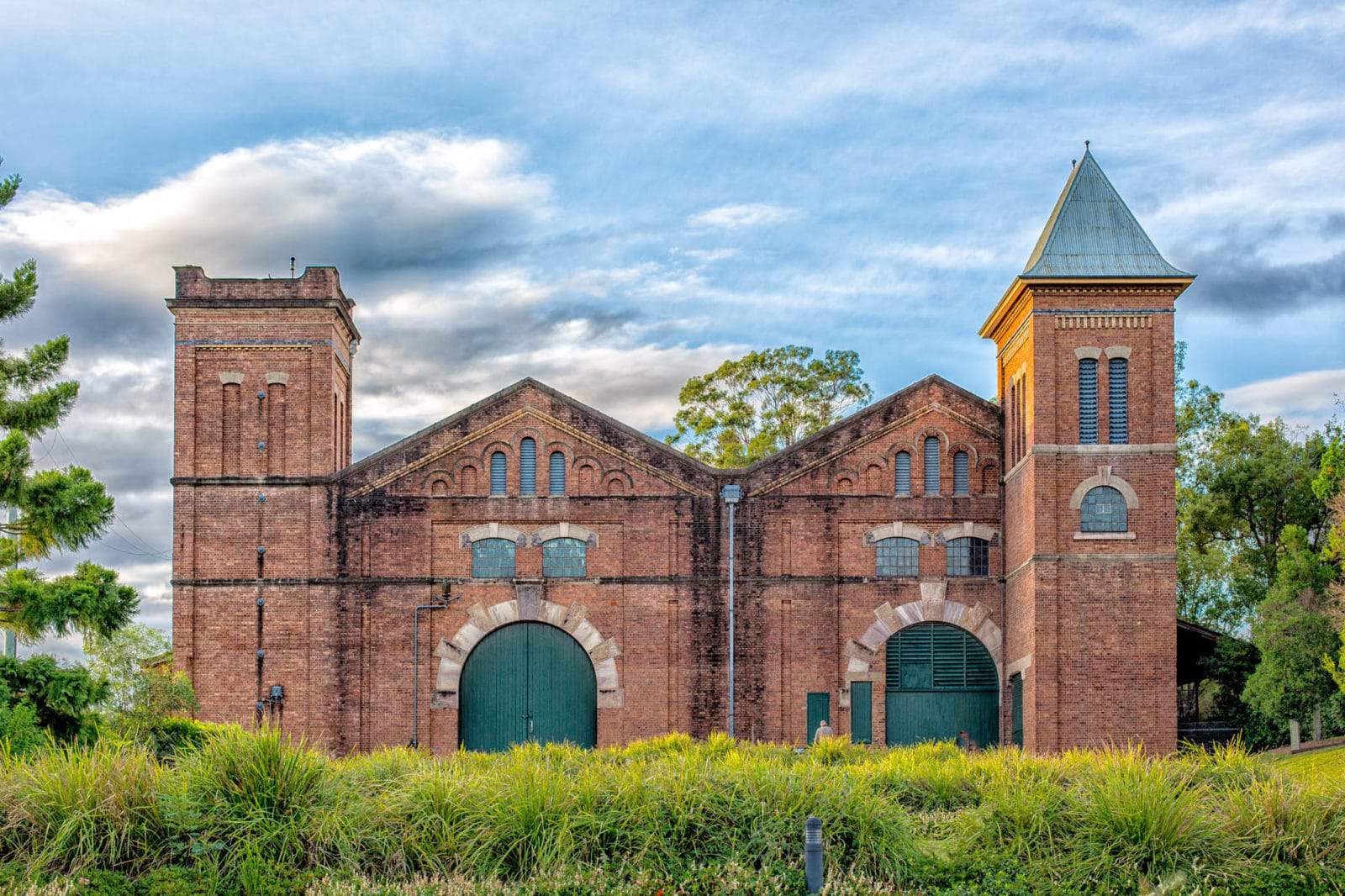
But with coal, limestone, grain and wool to be moved to market, there had to be rail.
Ipswich claimed its place as the birthplace of rail in Queensland with the first tracks laid in 1865, gradually extending out to the grain and wool producing Darling Downs. The line to Brisbane would be finished a decade later.
Ipswich’s famous Rail Workshops were constructed from 1878 to 1980. The site today is the longest operating such workshop in Australia and is home to the city’s best-known museum, The Workshops Rail Museum.
Steam rail history is also celebrated by the popular Queensland Pioneer Steam Railway run by a dedicated crew of volunteers who offer steam rail excursions through the year.
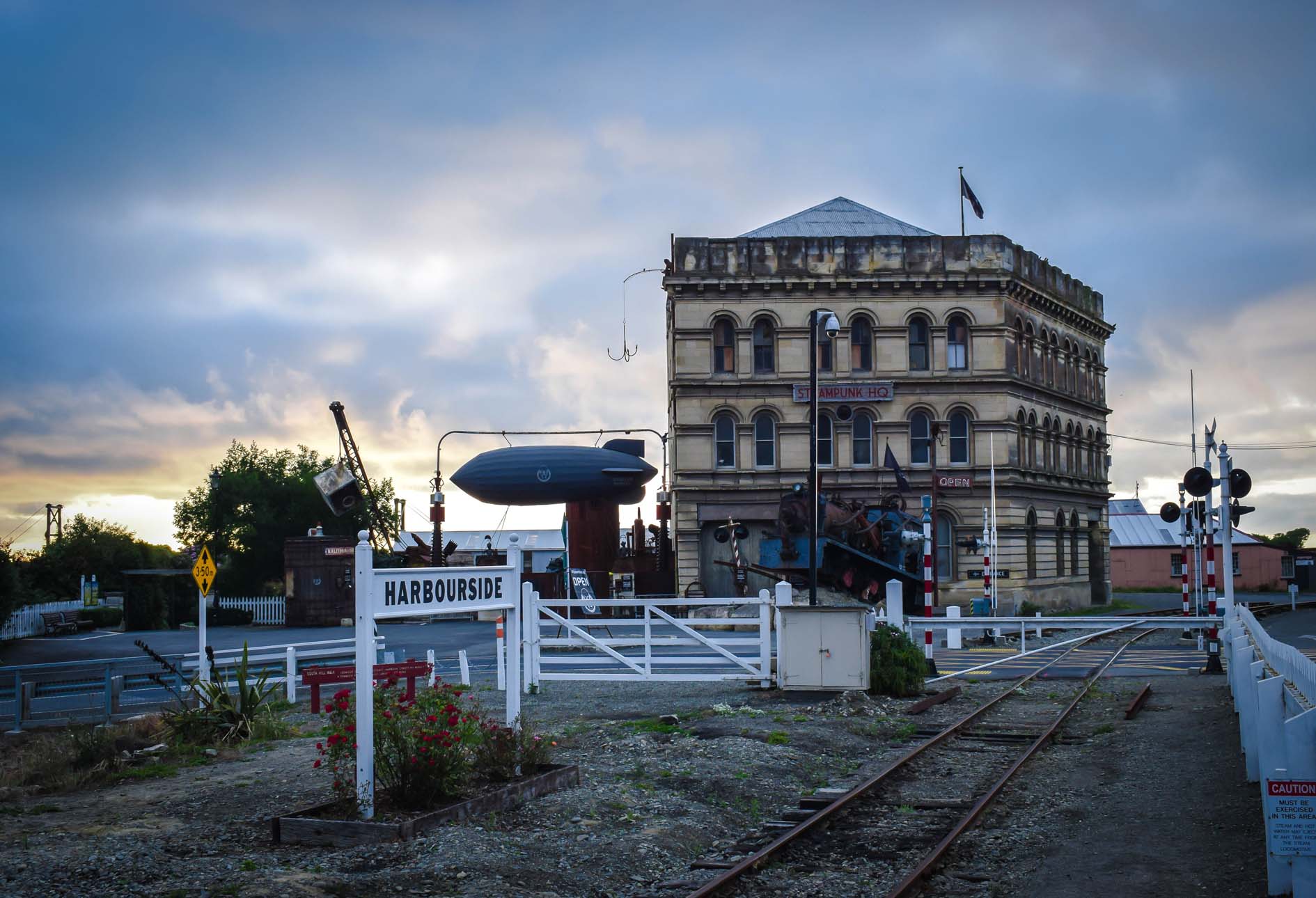
Meanwhile, Oamaru has its own iconic rail-related museum in the form of Steampunk HQ in an 1883 Grain Elevator building that was originally built for the storage and exportation of grain from the port town.
Both Ipswich and Oamaru had significant woollen mills back in the day and both boast fantastic yarn shops and artisan/crafty communities in the modern era – check out the Art & Craft Cottage in Ipswich’s Top of Town precinct and ArtTime supplies next door.
I am happy to report too that, both Ipswich and Oamaru have excellent coffee and restaurant scenes going on, both with that charming backdrop of age and history that just can’t be replicated in more modern precincts. I’m happy to say I love them both for all their quirky history and the fabulous folk who live there and make them the vibrant, interesting places they are in 2020.
For more on Ipswich see discoveripswich.com.au for more on Oamaru see Waitaki Tourism.

